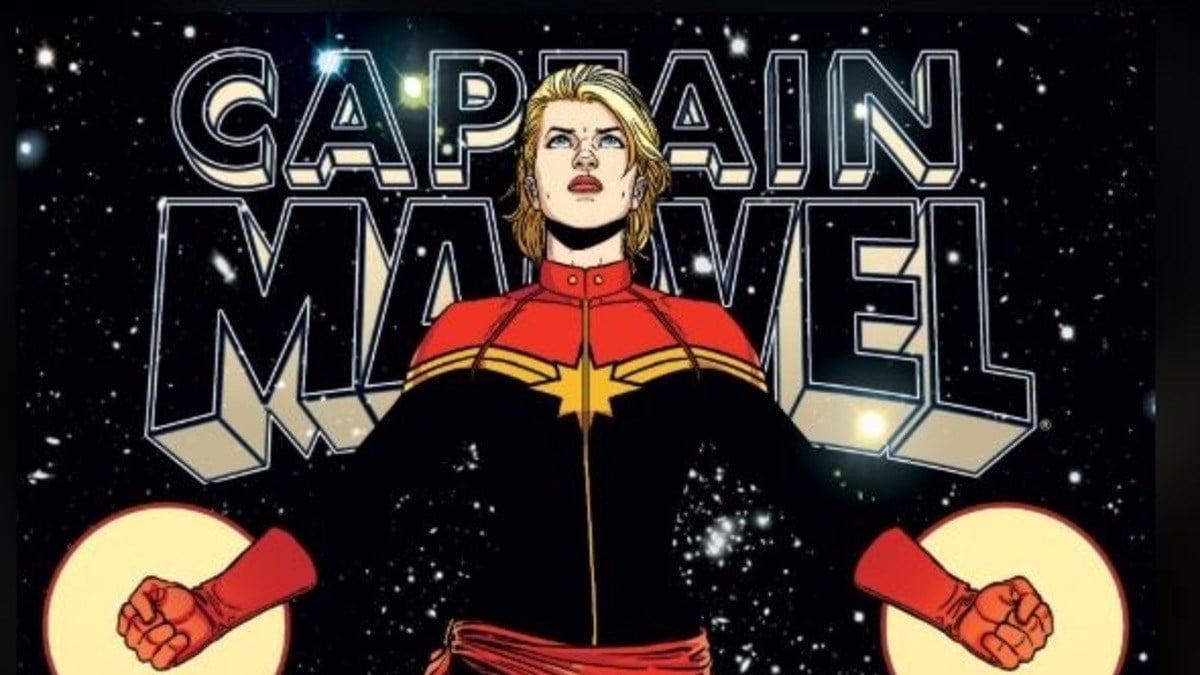Reading Time: 3 minutes
This Week’s Word Is “Feminism.”
Completing my round up of great books to celebrate International Women’s Day (March 8th), I have another DK title, The Feminism Book.
Feminism is possibly the least understood word in the English language. One that is hurled around as both superlative and pejorative. Something to be celebrated, something to be feared, or something to be castigated. The Feminism Book hopes to demystify the term, peeling back the evolution of feminism and its many facets and interpretations.
What is The Feminism Book?
It’s a one-stop shop for everything you want to know about female empowerment. It’s a history book, a guide to ethics, and a glossary of terms. It discusses all the major players in the history of feminism, their ideas, and how they underpin the slow march towards equal treatment and rights.
There are now over 20 titles in DK’s Big Ideas, Simply Explained range, on topics such as Astronomy, Mythology, Religion, and now Feminism. They all offer a deep overview of the key subjects in each discipline, laid out with DK’s usual clear informative text and excellent production values.
The Feminism Book lays out key concepts from the history of the movement, starting with Mary Astell and Early British feminism and ending with the #MeToo movement. Each concept is explained in broadly the same way. At the top of a page is a quote that encapsulates the idea being examined. Nearby, is an “In Context” sidebar. This gives the source of the title quote, key figures in this aspect of the movement, the people and ideas that preceded point in history moment, and the people that followed after. 
The book’s text is laid out with additional sidebar biographies and further key quotes, and there are contemporaneous pictures that illustrate the people and concepts in question. Each idea also has a “see also” section, with references where else to look in the book for similar themes.
Like most DK books, The Feminism Book is broken down into several sections.
- The Birth of Feminism: 18th – Early 19th Century.
- The Struggle for Equal Rights: 1840-1944.
- The Personal is Political: 1945-79.
- The Politics of Difference 1980s.
- A New Wave Emerges. 1990-2010.
- Fighting Sexism in the Modern Day. 2010 Onwards.
Often when detailing what’s in a section for my Word Wednesday column, I’ll list some of the key topics or more interesting subjects covered. To do so here is probably pointless. The concepts and ethics discussed are abstract when compared to things like “The Periodic Table” or the work of Mary Anning. The subjects don’t lend themselves to self-evident headings, and this review would be very long indeed if I tried to detail all those that are of interest.
Each concept interlocks with the ones around it to deliver a comprehensive overview of the evolution of feminism. That’s not to say that you can’t dip in and out of the book, because you absolutely can. To do so, will ensure wandering through the book, back and forth in time as you follow paths of interest.
The end of the book has an additional directory of other people who have contributed to feminist theory or helped the improve the everyday lives of women across the globe. There’s also a glossary of terms and a comprehensive index.
Why Read The Feminism Book?
As I said at the top of the review, feminism is often misunderstood and misrepresented. This book aims to cut through that and explain what feminism is, in simple and concise terms.
It succeeds.
The Feminism book offers a comprehensive overview of a long-evolving, emotive, and complicated subject, making it accessible to readers with an open mind. If you’re frustrated by people who have their own preconceptions about feminism but you struggle with how to convince them otherwise, this book will give you the tools you need to deliver a persuasive argument as to the importance of the movement.
The Feminism Book explains the philosophy and ethics that give rise to the historical moments outlined in So Here I Am and Women: Our History. It contextualizes the events of the women’s movement over the last few centuries, explaining how the conditions and attitudes of the time fomented new thinking and resistance to the status quo. The book aims to explain the importance of understanding women’s history alongside that of the more traditional male bias.
DK’s Big Ideas series is an excellent collection and I’d love to own them all. If you have any interest in gender politics or want to help teach offspring or students about feminism, then The Feminism Book is an excellent place to start.
If you’d like to pick up a copy of The Feminism Book you can do so here in the US, and here, in the UK.
If you enjoyed this review, do check out my other Word Wednesday posts.
Disclosure: I received a copy of this book in order to write this review.
Click through to read all of “Word Wednesday: ‘The Feminism Book’” at GeekDad.If you value content from GeekDad, please support us via Patreon or use this link to shop at Amazon. Thanks!







